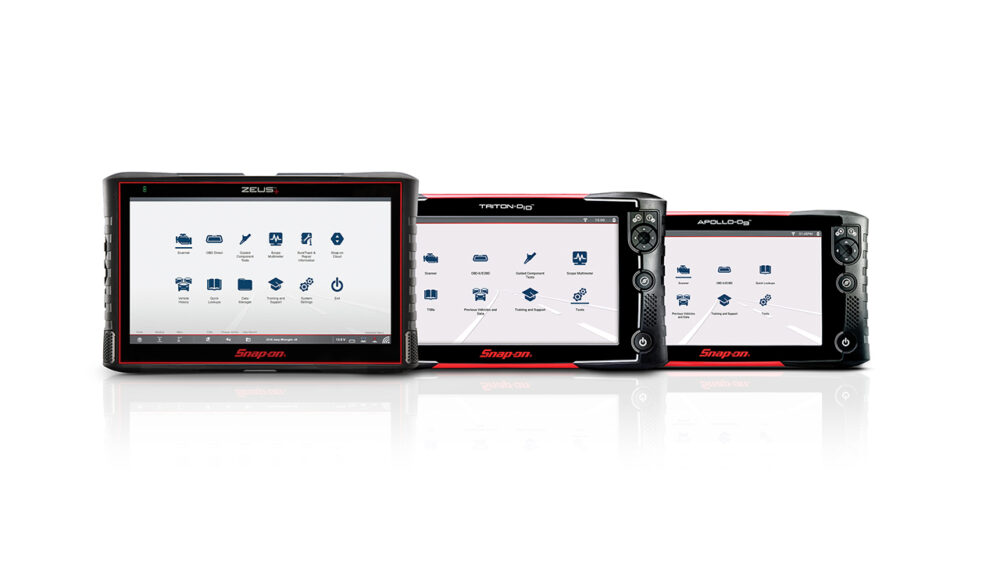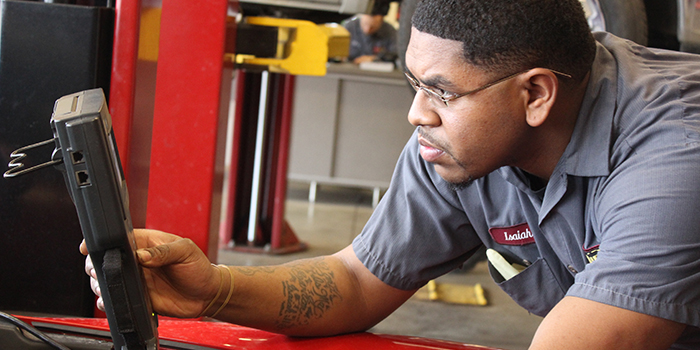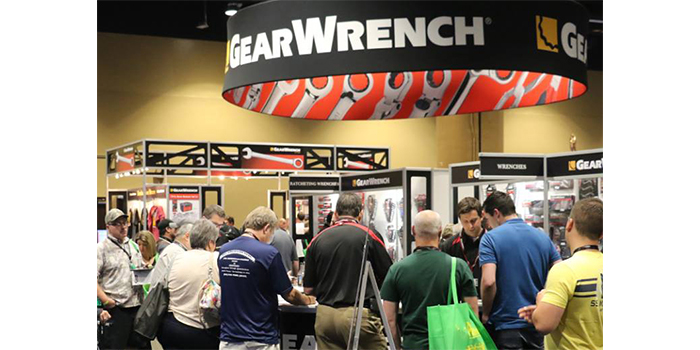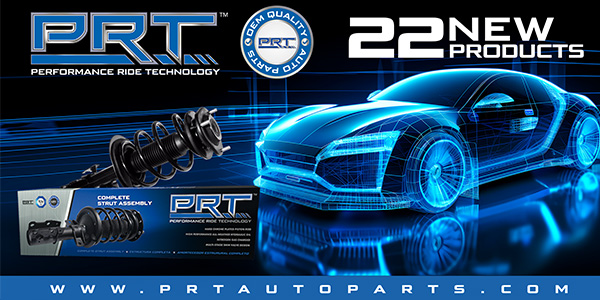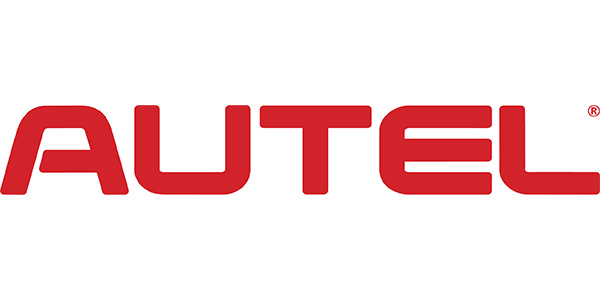Since the earliest days of the internal combustion engine, spark plugs have provided the ignition source for the air/fuel mixture. Over the years, spark plugs have gotten smaller, and the use of exotic metals in their electrodes has extended plug life to 100,000 miles or more. But spark plugs still have a conductive center electrode surrounded by a ceramic insulator, and one or more ground electrodes at the tip. Ignition still occurs as a result of a high voltage spark jumping the gap between the electrodes.
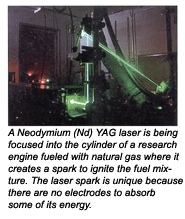 Some day, today’s spark plugs may be replaced by an entirely new kind of technology: Laser Ignition. Research-ers at the National Energy Technology Laboratory (NETL) have been running internal combustion engines with laser ignition systems to study the advantages of “sparkless” ignition on emissions, fuel economy and engine durability.
Some day, today’s spark plugs may be replaced by an entirely new kind of technology: Laser Ignition. Research-ers at the National Energy Technology Laboratory (NETL) have been running internal combustion engines with laser ignition systems to study the advantages of “sparkless” ignition on emissions, fuel economy and engine durability.
Lasering in on Spark Plug Technology
Removing the spark plugs and projecting a high-power laser beam into the combustion chamber opens up a whole new world of possibilities. With a laser, ignition occurs when the energy in the laser beam breaks down (ionizes) air molecules causing them to generate a “plasma discharge.” The hot plasma ignites the air/fuel mixture without actually creating a spark. The plasma discharge happens very quickly, taking only 10 to 100 nanoseconds (a nanosecond is one billionth of a second!). A conventional spark, by comparison, typically lasts 0.8 to 1.2 milliseconds (a millisecond is one thousandth of a second).
One advantage of laser ignition is that the beam can be projected anywhere inside the combustion chamber. Thus, the point of ignition can be optimized for the most efficient burn. Starting the flame kernel more toward the center of the combustion chamber can improve fuel economy, power and emissions. It could even occur directly within the discharge cone of a high-pressure direct fuel injector. With laser ignition, there are no electrodes to obstruct the propagation of the flame front inside the combustion chamber.
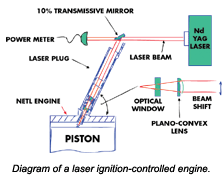 The extremely quick burst of energy created by the hot plasma discharge also means multiple ignitions could be triggered by rapidly pulsing the laser beam. Some ignition systems use multiple sparks now to reduce misfires and emissions, but the laser ignition could do it many times faster, and with a degree of timing precision unavailable with today’s spark ignition technology.
The extremely quick burst of energy created by the hot plasma discharge also means multiple ignitions could be triggered by rapidly pulsing the laser beam. Some ignition systems use multiple sparks now to reduce misfires and emissions, but the laser ignition could do it many times faster, and with a degree of timing precision unavailable with today’s spark ignition technology.
Another advantage of using a laser-generated plasma discharge to ignite the air/fuel mixture instead of a spark is that much leaner air/fuel mixtures can be used. This has obvious benefits for fuel economy and emissions. It also works better than a spark for alternative fuels such as propane and natural gas.
Yet another advantage of laser ignition is that there are no electrodes to wear out or foul. The energy created by the beam itself blasts away any deposits that might form on the lens, keeping it clean. Spark plug access would no longer be a service issue, which would give engine designers more freedom in designing future engines and cramming even more into smaller and smaller packages.
The laboratory laser ignition systems that have been developed thus far have a long way to go before they’re ready for production. But the basic technology has proven itself, so it may only be a matter of time before laser ignition systems start appearing on real-world applications like natural gas and propane-fueled industrial stationary engines, with automotive applications to follow.
Laser ignition, which uses laser diodes to generate the laser beams, will work with standard 12-volt electrical systems. Colorado State University has reportedly developed a special high-energy glass fiber optic cable that can route the laser beams directly into the combustion chambers. Ordinary fiber optic cable can’t handle the energy needed for a laser ignition system, so Colorado State developed a new silver-lined, helium-filled fiber optic cable that can handle higher laser outputs.
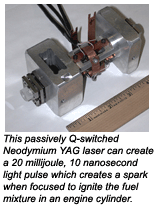 Back To Reality
Back To Reality
Laser ignition systems are many years away from production, so until spark plugs are made obsolete our readers will still play an important role in handling the service issues associated with conventional spark plugs, including misfiring, plug longevity and serviceability.
Misfiring can occur if a plug is worn or fouled. But, many times, misfires have nothing to do with ignition or the lack thereof. Misfires can also be caused by fuel delivery problems (dirty or dead fuel injectors, or low fuel pressure), or loss of compression (a burned exhaust valve or blown head gasket). If the Check Engine light is on, therefore, because the OBD II system has detected an excessive level of misfires, further diagnosis is always required to identify the cause.
An ignition scope can be your best friend here for quickly identifying ignition misfires. A lower-than-normal firing voltage usually indicates a fouled plug while a higher-than-normal firing voltage often indicates a lean fuel mixture in the cylinder. Hooking up a scope on an engine with a coil-on-plug (COP) ignition system can take some time, and requires inductive coil adapters, but it will allow you to see what’s actually going on with the ignition system.
A scan tool can also help your diagnosis by showing you the short-term and long-term fuel trim numbers. If the engine is running lean, you know the problem is a lean misfire, not an ignition misfire. You can also use a scan tool to compare injector duration times, which can help you find a dirty or dead injector.
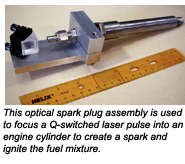 Plug Life
Plug Life
Though most long-life spark plugs today have recommended service intervals of 100,000 miles, plug fouling as a result of short-trip driving, which may prevent the plugs from getting hot enough to burn off deposits, may cause driveability and emissions problems that require changing the plugs much sooner. Plug fouling can also cause a loss of fuel economy and performance.
A plug can also foul if the valve guides and/or rings are worn and the engine is burning oil (a common problem in older high-mileage engines or engines that have been poorly maintained).
With standard spark plugs, electrode wear and fouling typically limit plug life to about 30,000 to 45,000 miles. So every couple of years, the plugs need to be changed to restore like-new ignition reliability and performance. That’s why the automakers have mostly gone to long-life spark plugs. By using wear-resistant metals such as platinum, iridium and yttrium, the electrodes can withstand much higher operating temperatures than standard nickel alloy electrodes. This reduces wear and makes possible change intervals of up to 100,000 miles or more.
The thermal properties of platinum and iridium electrodes give many long-life plugs a wider heat range. This allows the plugs to run hot enough to keep themselves clean without getting so hot they risk causing preignition or detonation. It also allows spark plug suppliers to cover more engine applications with fewer plug numbers.
Plugs with platinum on both the center and ground electrodes (“double” platinum plugs) or those with multiple ground electrodes experience even less wear than plugs with a single platinum or platinum-tipped electrodes.
Long-life plugs are more expensive than standard spark plugs, but actually save your customers money over the long run because they last more than twice as long as standard plugs. On engines where the spark plugs are buried and difficult to replace, long-life plugs also save labor. They also maintain fuel economy, performance and emissions longer.
Long-life plugs should always be replaced with the same spark plugs. And on older vehicles that were not factory-equipped with long-life plugs, platinum or iridium plugs should be recommended as an ignition upgrade.
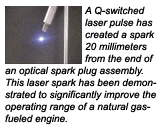 In recent years, there has been a proliferation of “premium” replacement plugs from which to choose. Many plug suppliers not only have platinum and/or iridium alloy electrodes, but also special electrode configurations such as multiple ground electrodes, surface gap electrodes and specially shaped ground electrodes that reduce misfires and improve ignition reliability. The center electrode has also gotten smaller in some platinum and iridium spark plugs, partly to reduce production costs but also to reduce misfires.
In recent years, there has been a proliferation of “premium” replacement plugs from which to choose. Many plug suppliers not only have platinum and/or iridium alloy electrodes, but also special electrode configurations such as multiple ground electrodes, surface gap electrodes and specially shaped ground electrodes that reduce misfires and improve ignition reliability. The center electrode has also gotten smaller in some platinum and iridium spark plugs, partly to reduce production costs but also to reduce misfires.
Regardless of which brand or style of spark plug you choose to install, replacement plugs should always have the same heat range as the original. Follow the plug supplier’s cross-index chart if you’re replacing one brand of plug with a different brand. Going up one number (hotter) helps reduce fouling in engines that spend a lot of time idling or are used only for short-trip driving. Going down a number (colder) may reduce the tendency to preignite in performance engines, supercharged and turbocharged engines, and hard-working engines.
When the plugs are replaced, the spark plug wires should also be inspected and replaced if the insulation is cracked or worn, or end-to-end resistance exceeds specifications.
Spark plugs in engines with aluminum heads should be changed when the engine is cold or warm to the touch (never hot) to minimize the risk of damaging the plug threads in the head. Be sure to use penetrating oil to help loosen stubborn plugs, and never use an air ratchet for plug removal.
The electrode gap should also be checked before the plugs are installed. Plugs are pre-gapped at the factory, but consolidation may mean some plugs need to be adjusted slightly to the vehicle manufacturer’s recommended gap (except for surface gap plugs, which are pre-set and should not be changed).
Always tighten plugs to OEM specifications. Overtightening plugs in aluminum heads will usually damage the threads in the cylinder head. Using a dab of anti-seize compound on the plug threads can reduce the risk of thread damage the next time the plugs are removed. Note: Photos in this article are courtesy of the U.S. Department of Energy’s National Energy Technology Laboratory. For more info on laser ignition and other energy technologies, visit www.netl.doe.gov/





